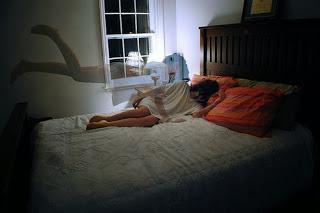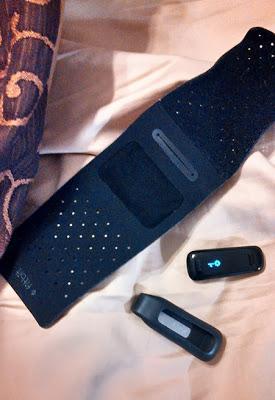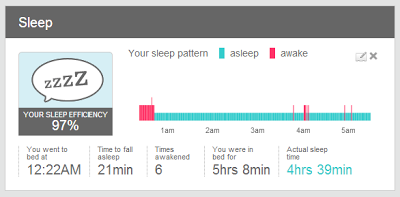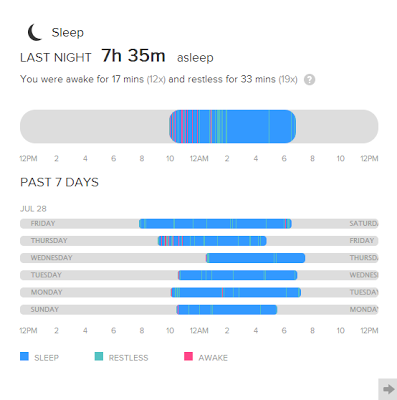
Photo by BSmith4815.
Disclosure: I am participating in the Verizon Boomer Voices program and have been provided with a wireless device and six months of service in exchange for my honest opinions about the product.As a midlife woman, I've got a long list of responsibilities, and even though I'm tempted to skip sleep in order to get more done, I am wise enough to know that the fall out is never worth pulling an all-nighter.
Been there, done that, got the sleep-deprived t-shirt.

Photo by JenavieveMarie
I think the last time I skipped sleeping by design was in the late 1980s as a graduate student. Now I try diligently to get adequate sleep.Shifting hormones, however, sometimes rob me of a full night's sleep.
Morpheus, you elusive god of sleep!
I'm trying a number of things to safeguard my sleeping habits:
- avoiding stimulating food or drinks in the evening
- managing my hypoglycemia through healthy food choices
- winding down an hour before I want to actually be asleep
- getting 30 to 60 minutes of solid exercise earlier in the day
- doing devotional reading and/or meditation to manage anxiety
- saying "no" when I start to get overscheduled / overwhelmed

L to R: Sleep Wristband, Clip, and FitBit One
Recently, I added another dimension to my tool box for better sleep management.From July 2013 through September 2013, I have been wearing the FitBit One activity tracker. Yes, it includes a pedometer. However, it also works as a sleep monitor.
1. I remove the FitBitOne from its clip.
2. I slip it it into the pocket of my sleep wristband.
3. Through the mesh, I find the display and press the button until the timer displays on the screen.
4. I settle down into my linens and beckon to the gods of sleep.
Morpheus! Hypnos! Somnus! Caer Ibormeith! Mr. Sandman!
During the night, the FitBit One will not when I am still and when I am moving around, which provides a rough correlation to the amount of sleep I'm acquiring.
In the morning I follow these steps:
1. When I admit to myself that I really am waking up, I find the button on my FitBit One and press it. The display shows the cumulative time of my sleep. The format is much like that of a stop watch, showing hours, minutes and seconds of total sleep.
2. I walk past my computer in the kitchen where I have installed the software for my Fit Bit One. The dongle attached to one of the USB ports searches for the FitBit One automatically and uploads my sleep data.
3. I click on the icon for sleep. Here is the data for my previous night's sleep.

I went to be past midnight, which is really late for me. Last night was the deadline for the U.S. federal government shut down, and I was talking with my husband about the ramifications of the shut down. (He blogs about politics.)
The chart above shows that I was fitful for several minutes, indicated by the red lines. Once I settled down, I got good sleep until around 4 am. I got up shortly before 6 am, which is about an hour late for me on weekdays.
As a midlife woman in peri-menopause, I am always very pleased when the sleeptracker shows that I am holding still at night for 3 or 4 hours at a time. That's more than I would have guessed since sleep disturbance is a common problem for me and other women experiencing menopause.
The software that comes with the FitBit One also shows me my sleep habits over the last week. Here is a sample week from August when my family and I were trying to establish a back-to-school routine.

This data has made me more dedicated to keeping to a regular time for "turning in." Well, except when the federal government shuts down. Fortunately, this has only happened 18 times since 1975, so I should go several weeks without my husband talking about politics in the middle of the night.
Well, a girl can dream!
Related:
Perimenopause: What's Going On?

